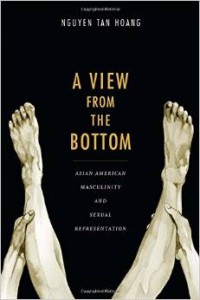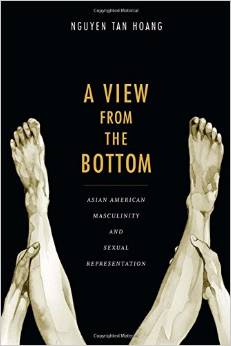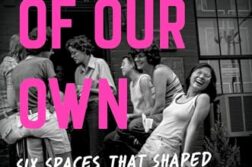 A View from the Bottom: Asian American
A View from the Bottom: Asian American
Masculinity and Sexual Representation
by Nguyen Tan Hoang
Duke University Press. 304 pages, $24.95
IN AMERICAN POPULAR CULTURE, depictions of Asian men as sexually desirable have been few and far between. In films and television shows, they’ve rarely been granted “leading man” roles and instead ended up as asexual sidekicks or as feminized caricatures. Recent exceptions hint that this might be changing. The ABC network’s now-canceled sitcom Selfie, a contemporary social-media-inspired take on Pygmalion, had John Cho as the male love interest. In the popular AMC series The Walking Dead, Steven Yeun’s character Glen is not only one of the sci-fi drama’s most effective zombie killers, he’s also in a biracial relationship with the (Caucasian) character Maggie.
Cho and Yeun aren’t mentioned in Nguyen Tan Hoang’s A View from the Bottom, but an analysis of their characters would have added an interesting angle to Nguyen’s discussion, since his focus is on the racial, sexual, and gender assumptions that underpin depictions of Asian men in visual media.







